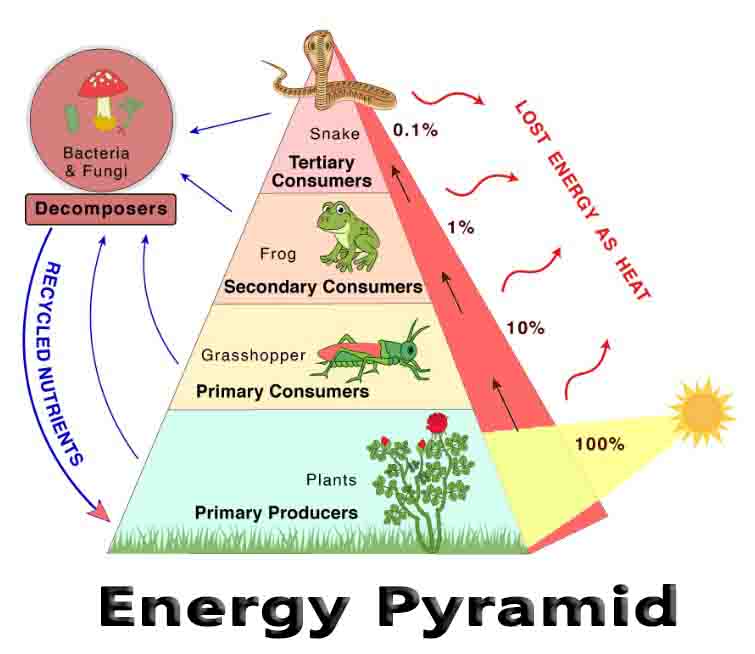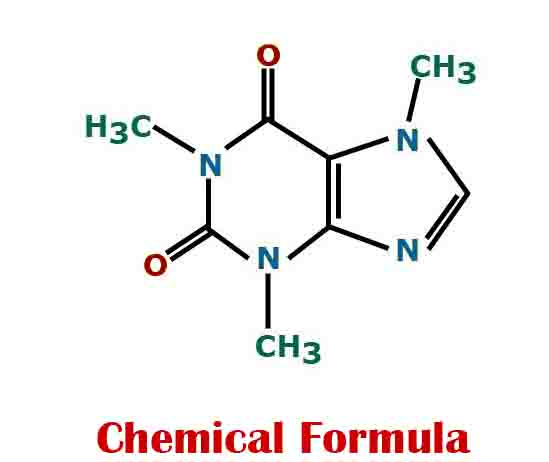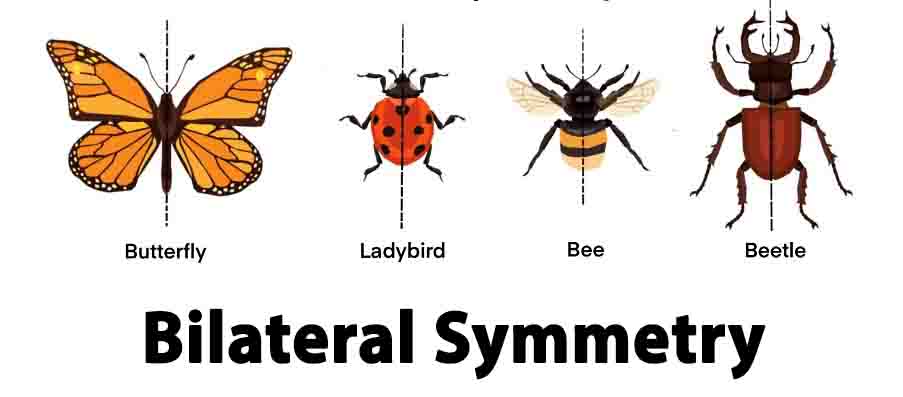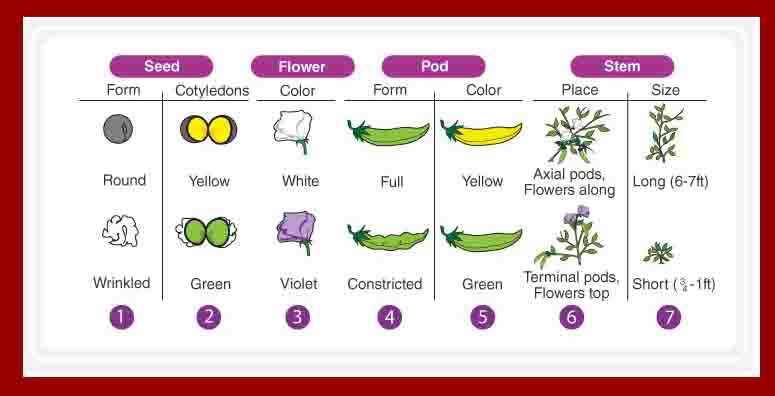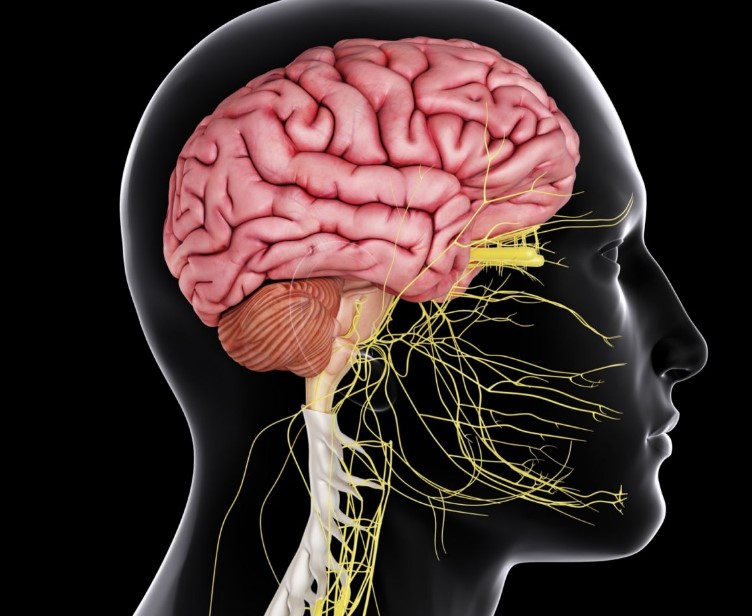Endoskeleton
Endoskeleton Definition Endoskeletons are the structures that support and protect an organism’s internal organs and tissues within the interior of the body. Endoskeletons can be complex, shaped and function differently depending on the animal’s requirements. Mineralized tissue in the form of bone and cartilage makes up the endoskeleton of most vertebrates. During embryogenesis, the mesoderm … Read more





